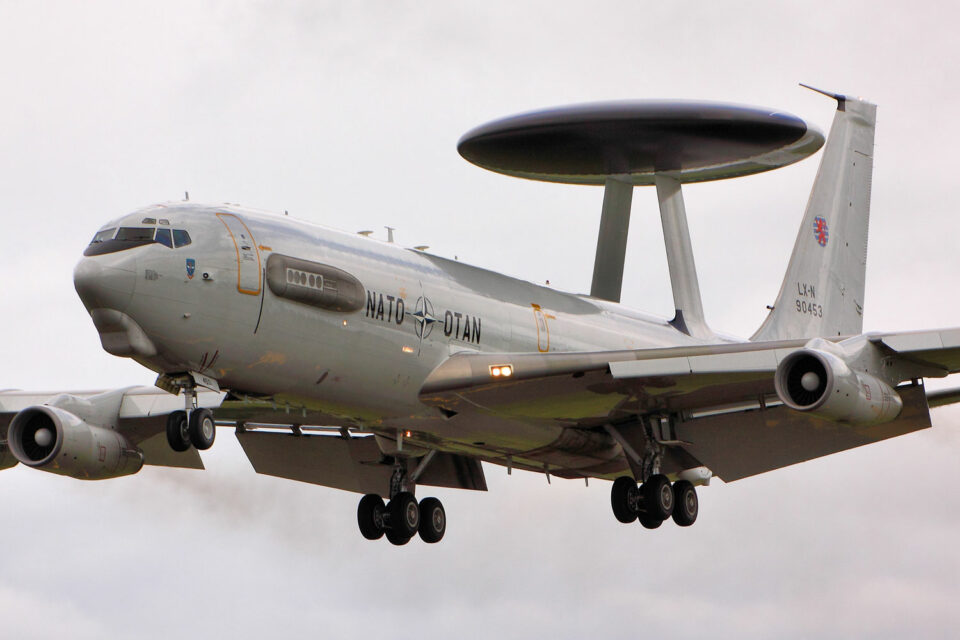NATO (North Atlantic Treaty Organization) announced on November 15 that it will acquire six Boeing E-7A Wedgetail as new Airborne Warning and Control System (AWACS) aircraft.
The jet, based on the 737 passenger aircraft, will replace the aging E-3 Sentry that have been in service since the 1980s.
NATO states that production of the jets will begin in the coming years and the first of them should be ready for service in 2031.
According to the organization of countries, a consortium of allies (Belgium, Germany, Luxembourg, the Netherlands, Norway, Romania and the United States) granted approval for the project this month.
“Surveillance and control aircraft are crucial for NATO’s collective defense and I welcome Allies’ commitment to investing in high-end capabilities,” said NATO Secretary General Jens Stoltenberg. “By pooling resources, Allies can buy and operate major assets collectively that would be too expensive for individual countries to purchase. This investment in state-of-the-art technology shows the strength of transatlantic defense cooperation as we continue to adapt to a more unstable world”.

The E-7 Wedgetail was developed by Boeing at the request of Australia, but soon won new contracts with countries such as the United Kingdom, Turkey and South Korea.
Unlike the E-3 which has a rotating disc-shaped antenna, the Wedgetail has a synthetic aperture radar system, more effective and modern than its predecessor.
The new conflicts and tensions that have emerged around the world in recent times have motivated an update of aerial early warning platforms, better known as “radar planes”.
The US Air Force (USAF), which operates the E-3 in older versions, has also contracted Boeing to supply the E-7 while it plans a more advanced aircraft for this purpose.
Follow ADN: Instagram | LinkedIn | Twitter | Facebook
NATO E-3 Sentry began delivery in 1982 from an order for 18 aircraft, of which 14 would be operational.
The four-engine aircraft have Luxembourg registration plates and are stationed at Geilenkirchen Air Base, in Germany, where the E-7s will also be based.

